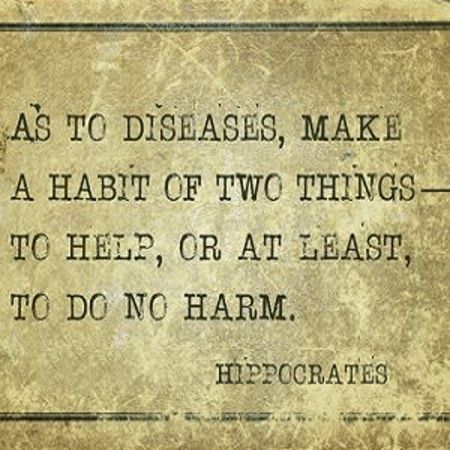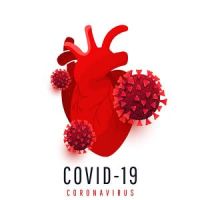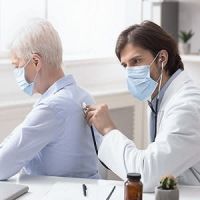The "Do no harm" rule is encoded in the Hippocratic oath taken by physicians when they graduate. But this rule has taken on a whole different meaning during the COVID-19 pandemic. During these times, the maximisation principle has proven to be the foundation of healthcare decisions, where actions are taken based on benefits to the greatest number of people.
There have been arguments that physical distancing and social isolation has resulted in a slowdown of the economy. There are arguments that lives have been prioritised at the expense of economic activity. However, the Organisation for Economic Co-operation and Development reports that the wealth of a country contributes around 20% to the health of its population, and the ability to generate future wealth is based on the assumption that a healthy workforce will be available. If economic activity is reduced to spread the infection, what is actually happening is that the risk of a large number of deaths is being balanced with the longer-term risks of a lower number of deaths from the loss of economic growth.
Other models also report that a 1% increase in unemployment was associated with only a 0.24% increase in overall mortality rate in countries that had no change in their social protection. Hence, there is no definite evidence that health and wealth are linked, or one is dependent on the other. This is proven by The Great Depression of the 1930s. The economic downturn during that time resulted in a reduction in death from pollution, traffic accidents and job-related accidents. There was also a reduction in smoking, an increase in physical activity and better eating habits. Hence, just because the economy went down did not mean the overall health of society was negatively impacted. Maybe this will turn out to be the case with COVID-19, and reduced economic activity will have an impact on long-term lifestyle and risk factors. Only time will tell if this turns out to be the case.
The logic behind closing down businesses and reducing infection was based on choosing a short-term negative impact on the economy over longer-term statistical deaths. If prevention measures had not been taken, there would have been more direct and indirect deaths in the short term, which would eventually have a negative impact on the economy in the long-term.
Hence, in a time of crisis such as this pandemic, policymakers have had to juggle multiple factors, including the loss of human life, impact on healthcare resources and loss of economic activity. The focus has shifted from "Do no harm" to "Do maximal good" because a short and long-term cost-benefit analysis has to be performed to determine what could provide maximum benefit in current circumstances rather than what would cause no harm at all. The trade-offs are different today, and that is why decisions regarding harm and benefit also have to be considered differently.
Source: European Heart Journal
Image Credit: iStock



























